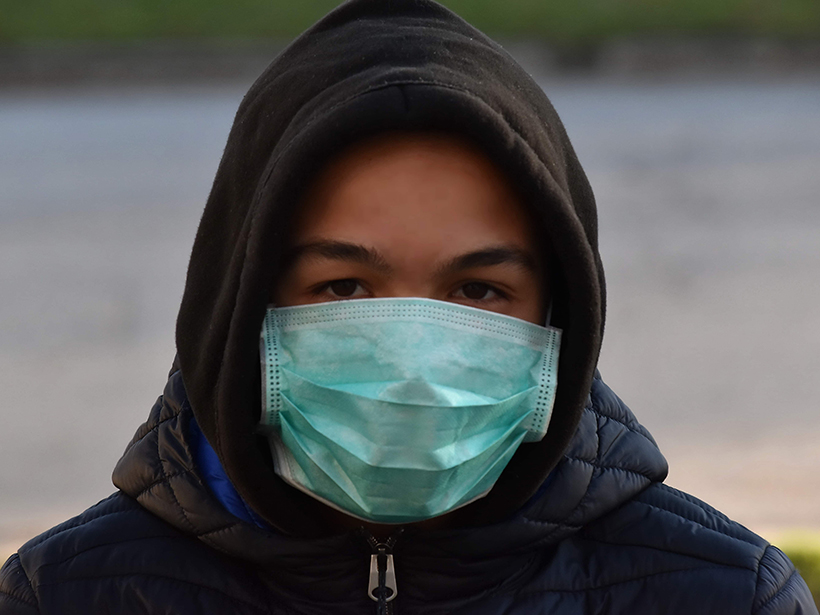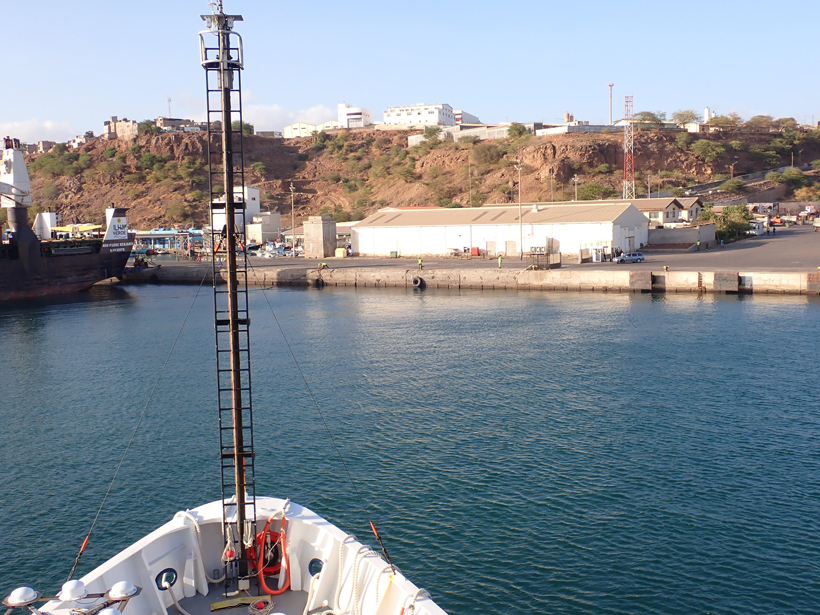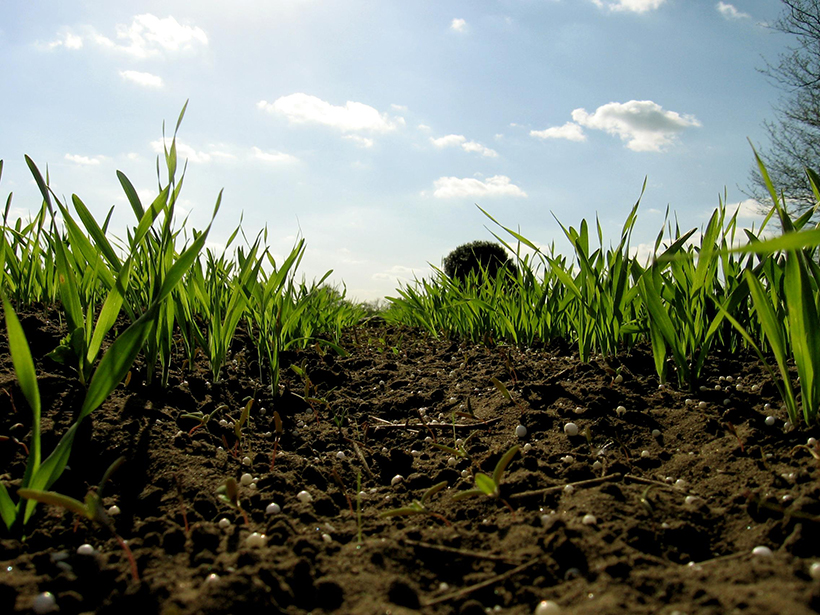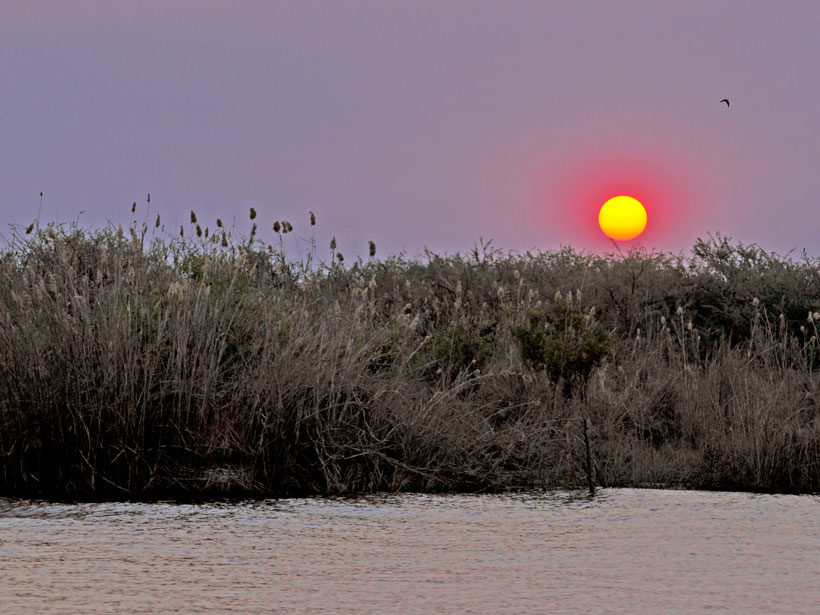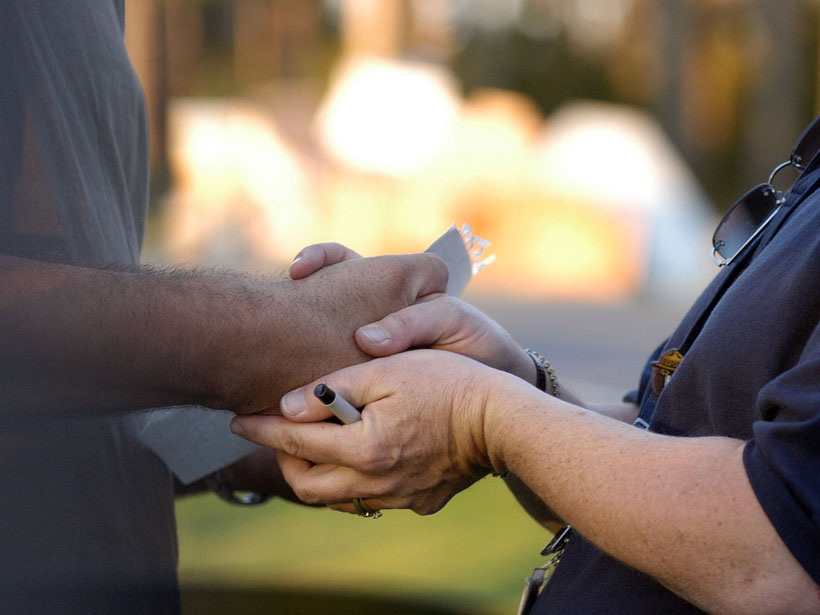As scientists wait, worry, and hunker down, they’re also looking ahead to how their projects will need to adapt.
geohealth
Geohealth: Science’s First Responders
At the intersection of human health and the environment, the emerging field called geohealth can teach us how not to repeat mistakes made in past disasters.
Air Pollution Can Worsen the Death Rate from COVID-19
Scientists find that highly polluted counties in the United States will have a COVID-19 death rate 4.5 times higher than those with low pollution if they’re otherwise similar.
During a Pandemic, Is Oceangoing Research Safe?
With research cruises postponed, scientists are trying to get home safe, and others worry about the fate of their instruments left at sea.
Análisis Climáticos Para Una Mejor Predicción de Brotes de Diarrea
Investigadores han encontrado nuevas conexiones entre las condiciones climáticas del fenómeno “La Niña” y la enfermedad más letal para los niños a nivel mundial.
Human Composting Is a Greener Way to Go
Our environmental impact doesn’t go away when we die, but there’s a way to make that impact a positive one.
Bill Calls for Dramatically Cutting Plastic Pollution
With just 8% of plastic waste in the United States currently being recycled, the bill aims to set up an effective plastic recycling program and limit single-use plastic.
Using Climate Studies to Better Predict Diarrhea Outbreaks
Researchers have found new connections between La Niña climate conditions and the leading killer of children worldwide.
The Emotional Toll of Climate Change on Science Professionals
Earth scientists and communicators dealing with or studying climate change face many potential stressors. They need support and resources to maintain and improve their emotional well-being.
No Place to Flee
The Syrian refugee crisis has had far-reaching consequences for geologic risk in neighboring Lebanon, providing insights into the interplay between forced displacement and natural disasters.



